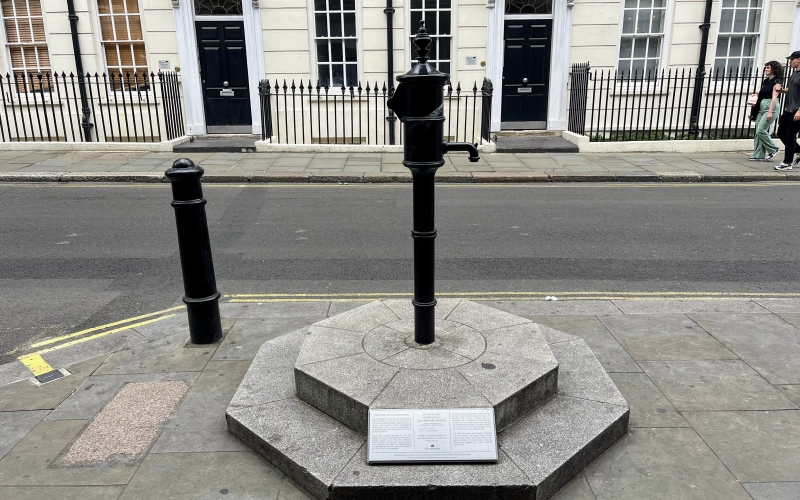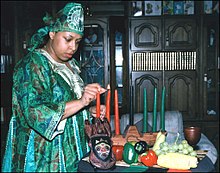Broad Street Pump Outbreak of 1854

The Broad Street cholera outbreak (or Golden Square outbreak) was a severe outbreak of cholera that occurred in 1854 near Broad Street (now Broadwick Street) in Soho, London, England, and occurred during the 1846 – 1860 cholera pandemic happening worldwide. This outbreak, which killed 617 people, is best known for the physician John Snow’s study of its causes and his hypothesis that germ – contaminated water was the source of cholera, rather than particles in the air (referred to as “miasma”).
A Maverick in Medicine
At the forefront of this historic event stood Dr. John Snow, a physician with a keen mind and a contrarian perspective. In an era dominated by the miasma theory attributing diseases to foul air, Snow dared to challenge conventional wisdom and explore the waterborne transmission of cholera.
Mapping the Invisible Enemy
Snow’s groundbreaking methodology involved meticulous mapping of cholera cases in London’s Soho district. Each dot on his detailed street map represented a victim, creating a visual narrative that would unravel the mysteries of the outbreak.
The Sinister Connection
As Snow scrutinized the mapped data, a compelling correlation emerged—the majority of cholera cases clustered around the Broad Street water pump. This revelation pointed directly to the contaminated water drawn from the nearby River Thames, a significant source of the deadly bacteria.
Removing the Pump Handle
Convinced of his findings, Snow embarked on a mission to convince local authorities to take decisive action. Sharp on September 7, 1854, the handle of the Broad Street pump was removed, severing the link between the community and the contaminated water source. The impact was swift, and the decline in new cholera cases served as a tangible victory for Snow’s waterborne transmission theory.
Legacy of Snow’s Triumph
The Broad Street Pump outbreak left an indelible mark on the field of epidemiology. Snow’s groundbreaking use of mapping as a tool for disease analysis laid the foundation for future research. His legacy extends beyond this singular event, influencing modern public health practices and shaping our approach to preventing and controlling infectious diseases.
Lessons Learned
The removal of a simple pump handle in Soho was more than a local intervention – it was a seismic shift in the understanding of disease transmission. Snow’s legacy endures not only in the annals of medical history but also in the daily practices of public health professionals worldwide. The Broad Street Pump outbreak serves as a beacon, reminding us of the power of observation, data analysis, and bold action in the face of public health crises.








